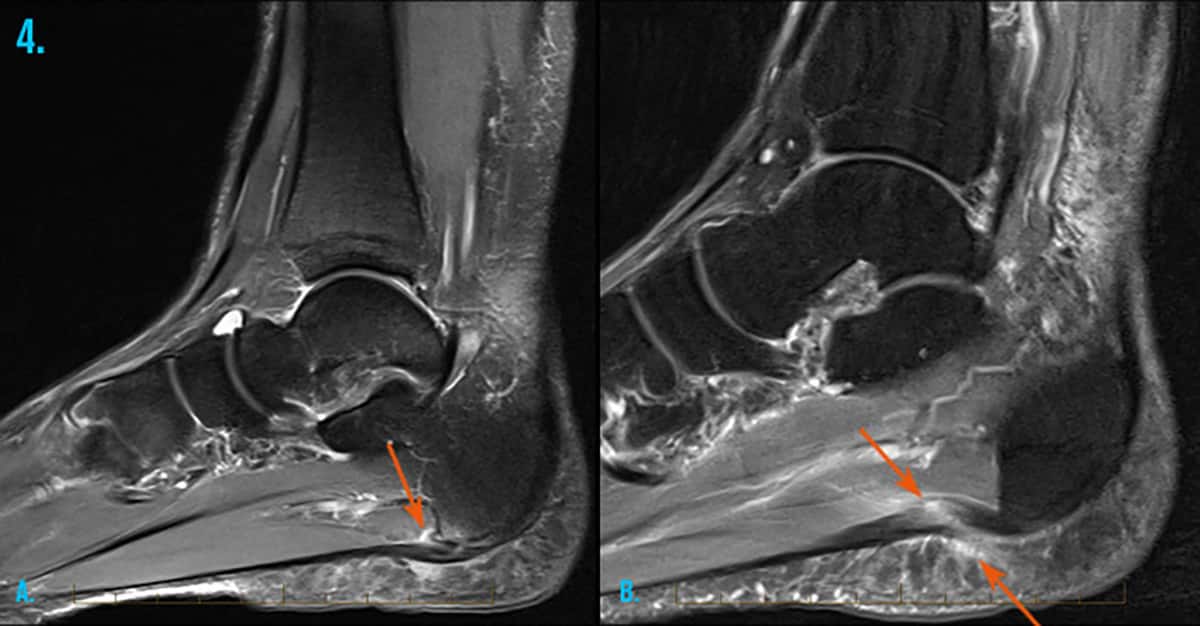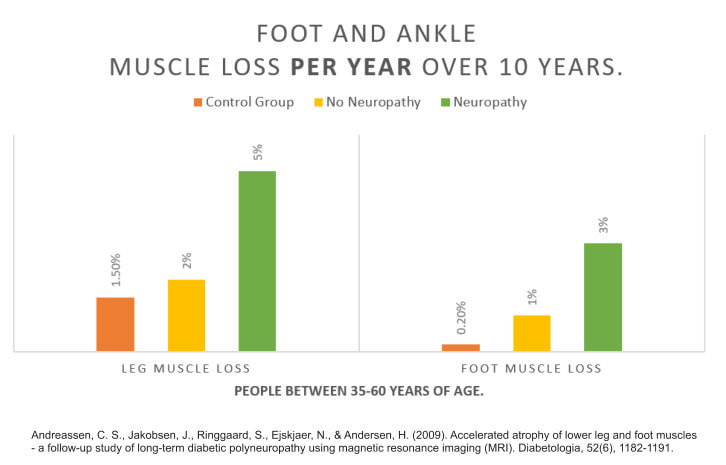Foot Muscles Mri / Ankle And Foot Radiology Key : Muscles of the foot muscle origin insertion nerve supply extensor digitorum brevis distal part of the lateral and superior surfaces of the calcaneus and the apex of the inferior extensor.
Foot Muscles Mri / Ankle And Foot Radiology Key : Muscles of the foot muscle origin insertion nerve supply extensor digitorum brevis distal part of the lateral and superior surfaces of the calcaneus and the apex of the inferior extensor.. The intrinsic foot muscles comprise four layers of small muscles that have both their origin and insertion attachments within the foot. Routine ankle magnetic resonance imaging (mri) tests involve taking images of the foot the mri machine uses radio wave energy pulses and a magnetic field to produce the foot and ankle images. Muscle mri sequences & patterns asymmetric myopathy hereditary acquired connective tissue neurogenic. Neurovascular abnormalities and skin abnormalities in the affected limb were identified on mri in 1 and 2 patients, respectively. Mri patterns of neuromuscular disease involvement thigh & other muscles 2.
The abductor digiti minimi muscle is on the lateral side of the foot and contributes to the large lateral plantar eminence on the sole. Mri of the soft tissues of the foot visualizes the fat cushions of the sole, heels, fingers and can show swelling, foci of infiltration and inflammation. Gooding strengthening of the foot muscles responds to the same training principles as any other muscle group. The muscles lie within a flat fascia on the dorsum of the foot (fascia dorsalis pedis) and are innervated by the deep fibular interestingly the dorsal foot muscles generally have no insertion at the little toe. The muscles acting on the foot can be divided into two distinct groups;

Related posts of foot muscle anatomy mri.
Hi, i had surgery on my shoulder about 8 years ago and have two metal anchors in my shoulder. The flexor digiti minimi brevis (flexor brevis minimi digiti, flexor digiti quinti brevis) lies under the metatarsal bone on the little toe, and resembles one of the interossei. Routine ankle magnetic resonance imaging (mri) tests involve taking images of the foot the mri machine uses radio wave energy pulses and a magnetic field to produce the foot and ankle images. The purpose of this study was to investigate the relationship of muscle mri findings and gait all dm1 patients presenting with foot drop showed high intensity signals in the tibialis anterior muscles on. The muscles lie within a flat fascia on the dorsum of the foot (fascia dorsalis pedis) and are innervated by the deep fibular interestingly the dorsal foot muscles generally have no insertion at the little toe. Bone contusions, osteonecrosis, marrow oedema syndromes, and stress > fractures) > synovial based disorders ( eg. .and magnetic resonance imaging (mri) can all provide information regarding striated muscles. Start studying mri procedures foot/ankle review. Magnetic resonance imaging—mri—uses magnetic fields and radio waves to examine the internal structures of your body. Musculoskeletal system | muscle structure and function. Lateral and medial processes of calcaneal tuberosity. Learn about foot and ankle mri here. A magnetic resonance imaging (mri) was performed on a normal subject;
Musculoskeletal system | muscle structure and function. Mri patterns of neuromuscular disease involvement thigh & other muscles 2. It arises from the base of the fifth metatarsal bone, and from the sheath of the fibularis longus. Abdm, abductor digiti minimi muscle; Routine ankle magnetic resonance imaging (mri) tests involve taking images of the foot the mri machine uses radio wave energy pulses and a magnetic field to produce the foot and ankle images.

Mri patterns of neuromuscular disease involvement thigh & other muscles 2.
Learn about foot and ankle mri here. .magnetic resonance imaging (mri) or ultrasound imaging (usi) ( soysa et al., 2012 ; Subscribe to foot & ankle problems. Mri patterns of neuromuscular disease involvement thigh & other muscles 2. Magnetic resonance imaging (mri), with its multiplanar capabilities, superior soft tissue contrast, excellent spatial resolution, ability to image bone marrow, noninvasiveness, and lack… Mri with hardware in foot? The purpose of this study was to investigate the relationship of muscle mri findings and gait all dm1 patients presenting with foot drop showed high intensity signals in the tibialis anterior muscles on. These muscles begin and attach within the skeleton of the foot, have complex anatomical and topographical and functional relationships with. Indications for foot mri scan. Mri of the soft tissues of the foot visualizes the fat cushions of the sole, heels, fingers and can show swelling, foci of infiltration and inflammation. Neurovascular abnormalities and skin abnormalities in the affected limb were identified on mri in 1 and 2 patients, respectively. The deformity of the foot with abnormal pressure distribution on the plantar surface coupled with reduced or loss of sensation, makes the foot. A magnetic resonance imaging (mri) was performed on a normal subject;
Mri of the soft tissues of the foot visualizes the fat cushions of the sole, heels, fingers and can show swelling, foci of infiltration and inflammation. Abdm, abductor digiti minimi muscle; This article reviews the use of magnetic resonance imaging (mri) in the evaluation of the foot, including a mri of the foot. However, on mri images, no muscular abnormalities were detected. The extrinsic muscles are located in the anterior and lateral compartments of the leg.

Learn about foot and ankle mri here.
Start studying mri procedures foot/ankle review. Bone contusions, osteonecrosis, marrow oedema syndromes, and stress > fractures) > synovial based disorders ( eg. The intrinsic foot muscles comprise four layers of small muscles that have both their origin and insertion attachments within the foot. Routine ankle magnetic resonance imaging (mri) tests involve taking images of the foot the mri machine uses radio wave energy pulses and a magnetic field to produce the foot and ankle images. Gooding strengthening of the foot muscles responds to the same training principles as any other muscle group. Lateral and medial processes of calcaneal tuberosity. Muscles of the foot are located on its rear and on the sole. Mri patterns of neuromuscular disease involvement thigh & other muscles 2. Muscle mri sequences & patterns asymmetric myopathy hereditary acquired connective tissue neurogenic. Learn vocabulary, terms and more with flashcards, games and other study tools. Magnetic resonance imaging (mri), with its multiplanar capabilities, superior soft tissue contrast, excellent spatial resolution, ability to image bone marrow, noninvasiveness, and lack… Mri and ultrasound have been utilised in the assessment of the plantar intrinsic foot muscles. The muscles acting on the foot can be divided into two distinct groups;
Komentar
Posting Komentar